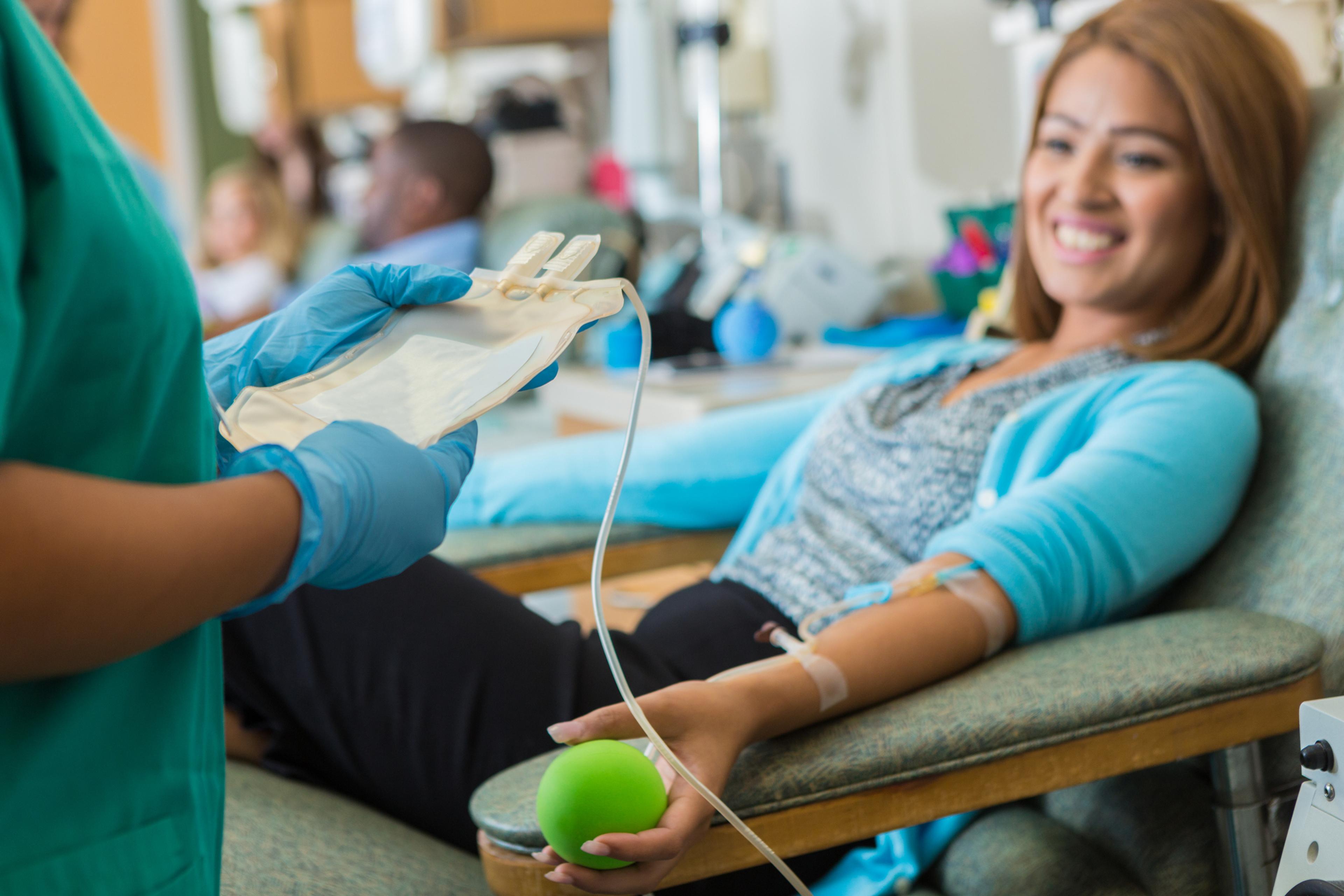Local Project Shows Positive Results for Grand Rapids Diabetes Patients
Julie Bitely
| 4 min read

Imagine you have diabetes. The diagnosis comes with a long to-do list for patients: monitor your blood sugar, exercise, pay attention to your diet, take your medication, and keep up with routine medical appointments. The last thing you need as you’re trying to manage your health is to hear different things from different doctors, because they’re not communicating with one another. Just like many large, complex organizations and businesses, health care providers have historically operated in silos. Patients would bounce between hospitals and specialists, following instructions that they didn’t quite understand. A one-year research project funded by the Blue Cross Blue Shield of Michigan Foundation and the Robert Wood Johnson Foundation aimed to see what could happen when silos were intentionally dismantled, with a purposeful mission to foster a team-driven approach to patient care. A collaborative approach to diabetes care In September 2014, a student team of medical, physician assistant and pharmacy students started working with health care providers at Cherry Street Health Center, one of Michigan’s largest federally qualified health centers, with a shared goal to improve the health outcomes of patients with diabetes. “Individuals who are diagnosed with chronic diseases, such as diabetes, often need coordinated health care services to manage their disease and to prevent or manage co-morbid conditions,” said Jean Nagelkerk, Vice Provost for Health at GVSU, and lead on the research project. The inter-professional team completed online training on the tenants of a successful team dynamic, including team building, conflict resolution and patient safety. They held daily huddles at the health center, resulting in increased teamwork and communication. “The daily huddles seemed to be very effective for the staff and the students,” Nagelkerk said. They also worked to provide collaborative care through case conferences, patient call backs and patient education classes about diabetes. Team approach translates to significant results Among approximately 250 diabetic adults, the intervention studied health outcomes by tracking clinical measures like hemoglobin A1c, BMI and LDL, and adherence to annual eye, foot and dental appointments. Hemoglobin A1c is a blood test that measures how well diabetes is being controlled. For patients with diabetes, the goal is to have a Hemoglobin A1c less than seven percent. Throughout the project, patients who had initially been above this target showed statistically significant improvements. Other clinical factors, such as glucose and triglyceride level, also improved. Provider productivity increased as well, allowing staff to see more patients per hour. A model that works By changing how they worked, the center was able to deliver better patient care and improve patients’ health. “Health care providers, working in a team providing care services, can provide the resources and expertise in assisting patients to make healthy lifestyle choices,” Nagelkerk said. Alex Brenner is a Michigan State University medical student. The 25-year-old lives in Grand Rapids and participated in the initiative earlier this year. Students worked in teams of three, with one member each from the physician assistant, medical, and pharmacy study disciplines. Brenner said it was nice to work closely with students from other areas of expertise to see how they approached patient care differently. Direct, one-on-one interaction with patients who face barriers to accessing quality health care was an added benefit. “It was enlightening to see the unique challenges that underserved patients face,” Brenner said. “It certainly made me more aware of their barriers to health care.” The Interprofessional Practice and Education project was a partnership between Grand Valley State University College of Health Professions, Ferris State University College of Pharmacy, Michigan State University College of Human Medicine and Cherry Street Health Center. To learn more about how the Blue Cross Blue Shield of Michigan Foundation is improving health care in Michigan, read these blogs:
The Blue Cross Blue Shield of Michigan Foundation supports research and programs to improve the health of Michigan residents. No grant money comes from the premium payments of Blue Cross Blue Shield of Michigan members. To learn more about BCBSM Foundation grant programs, visit bcbsm.com/foundation. Photo credit: Jill Brown





